Environmental Regulations
Increasingly stringent environmental regulations are shaping the Functional Coating Market. Governments are implementing policies aimed at reducing volatile organic compounds (VOCs) and promoting eco-friendly materials. This regulatory landscape compels manufacturers to innovate and develop water-based and low-VOC coatings, which are gaining traction in various applications. The market is likely to see a shift towards sustainable practices, with a projected increase in the demand for environmentally compliant coatings. By 2025, it is estimated that the market for eco-friendly functional coatings could account for over 30% of total sales, reflecting a significant trend towards sustainability in the industry.
Rising Consumer Awareness
Rising consumer awareness regarding the benefits of functional coatings is a notable driver in the Functional Coating Market. As consumers become more informed about the advantages of coatings, such as improved durability, energy efficiency, and aesthetic enhancement, the demand for these products is likely to increase. This trend is particularly evident in sectors like construction and home improvement, where consumers are actively seeking high-performance coatings for their properties. By 2025, it is anticipated that consumer-driven demand could lead to a market expansion of around 5%, as individuals prioritize quality and sustainability in their purchasing decisions.
Technological Advancements
The Functional Coating Market is experiencing a surge in technological advancements that enhance the performance and applicability of coatings. Innovations in nanotechnology and smart coatings are leading to products that offer superior durability, self-cleaning properties, and enhanced aesthetic appeal. For instance, the introduction of anti-fog and anti-reflective coatings has expanded the market's reach into sectors such as automotive and electronics. As of 2025, the market for functional coatings is projected to grow at a compound annual growth rate of approximately 6.5%, driven by these advancements. This growth indicates a robust demand for high-performance coatings that meet the evolving needs of various industries.
Expansion in Electronics Industry
The electronics industry is significantly influencing the Functional Coating Market, as the demand for advanced coatings in electronic devices continues to rise. Coatings that provide protection against moisture, dust, and electromagnetic interference are increasingly sought after. The market for functional coatings in electronics is projected to grow at a rate of approximately 8% per year, driven by the proliferation of smart devices and the Internet of Things (IoT). This expansion suggests a promising future for manufacturers who can innovate and provide specialized coatings that meet the stringent requirements of modern electronics.
Growing Demand in Automotive Sector
The automotive sector is a pivotal driver for the Functional Coating Market, as manufacturers increasingly seek coatings that enhance vehicle performance and aesthetics. Functional coatings such as anti-corrosion, scratch-resistant, and heat-resistant coatings are becoming essential in vehicle production. The automotive coatings segment is expected to witness a growth rate of around 7% annually, fueled by the rising production of electric vehicles and the need for lightweight materials. This trend indicates a robust demand for advanced coatings that not only improve vehicle longevity but also contribute to energy efficiency, thereby propelling the overall market forward.


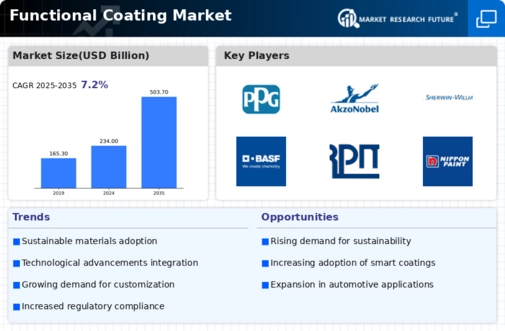
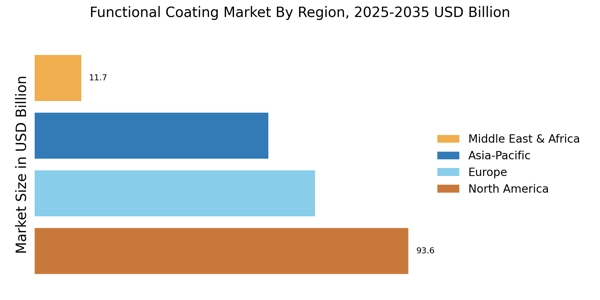
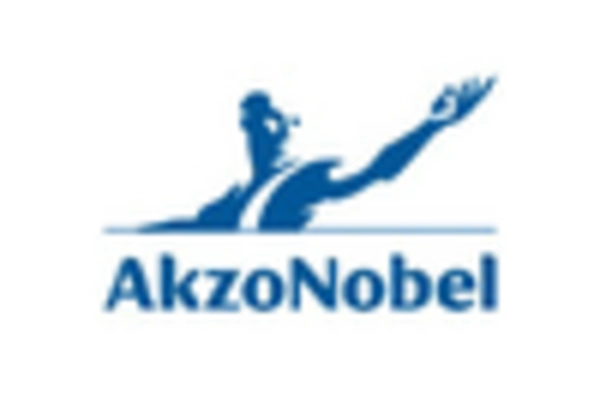

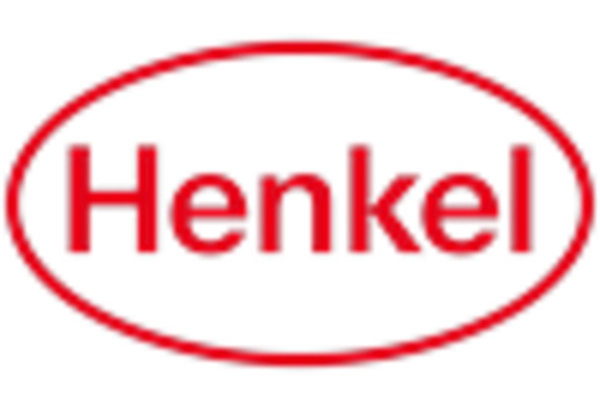
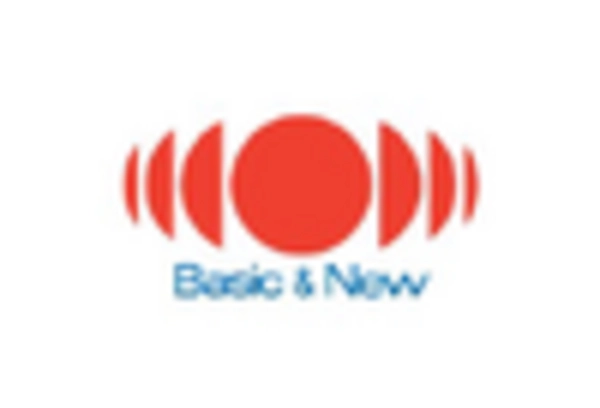
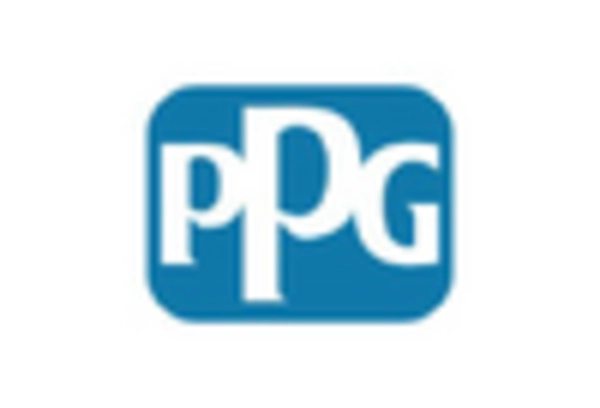
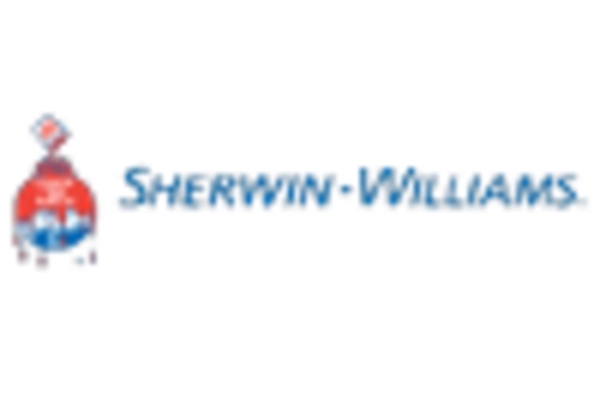








Leave a Comment